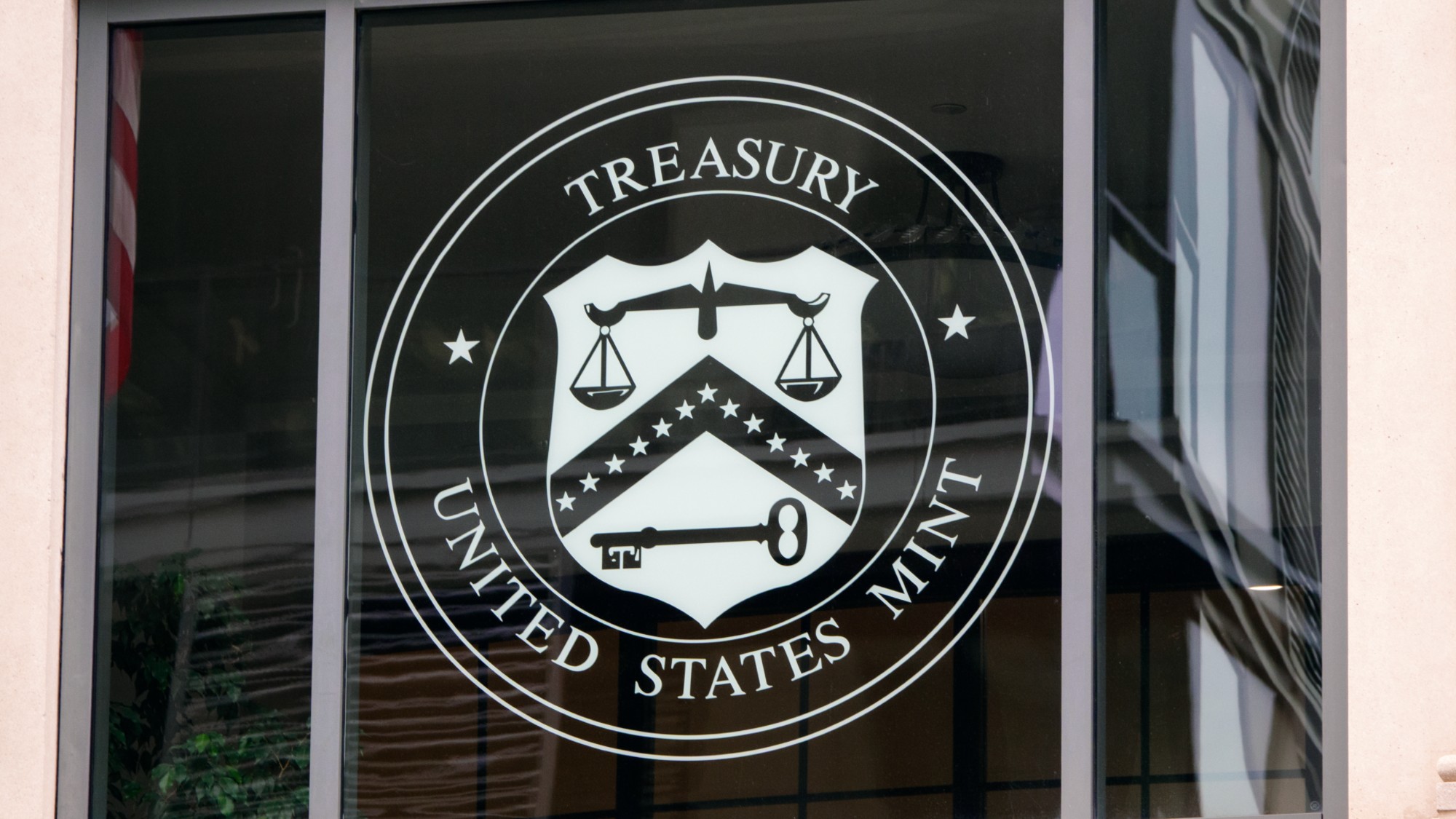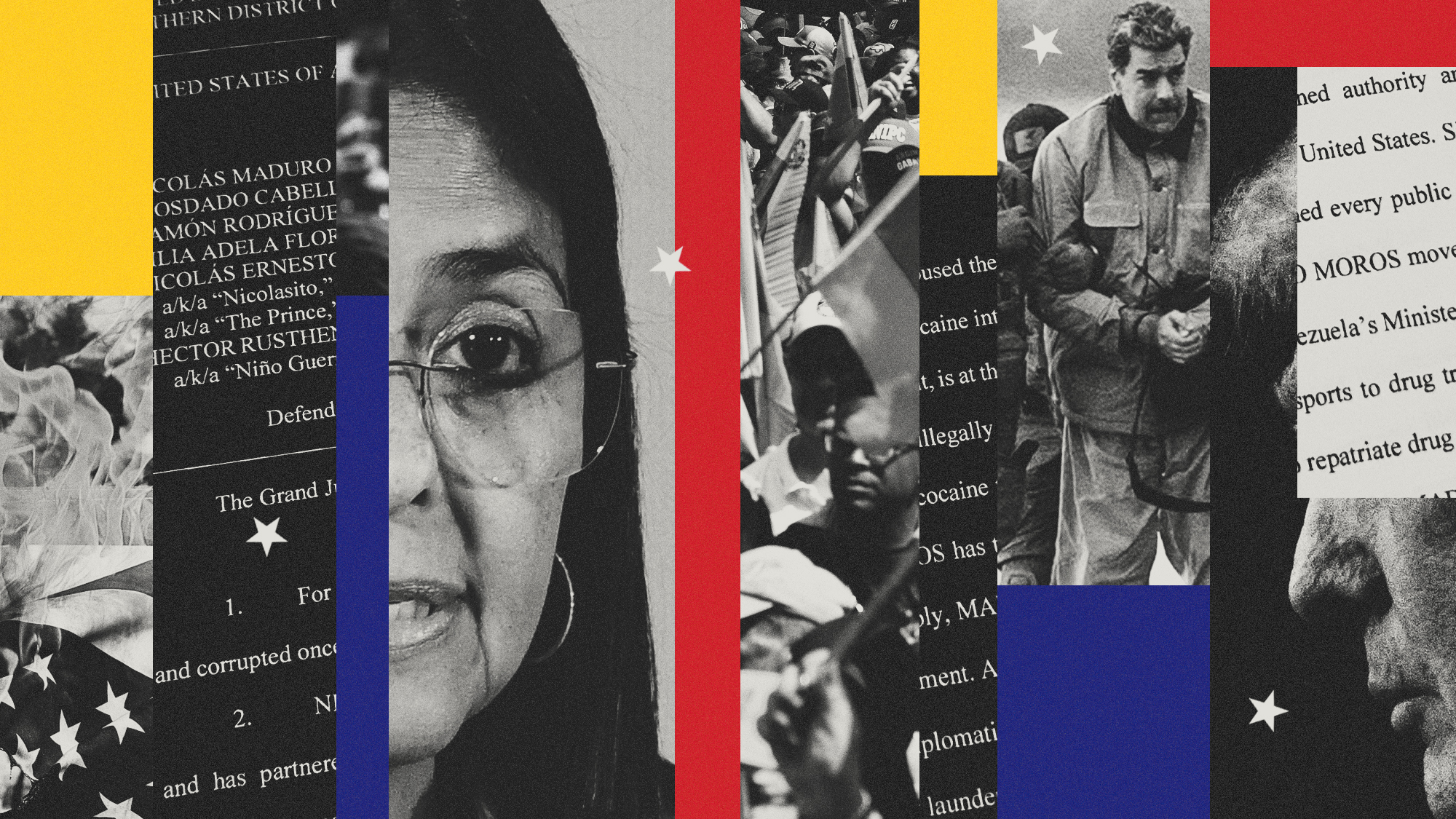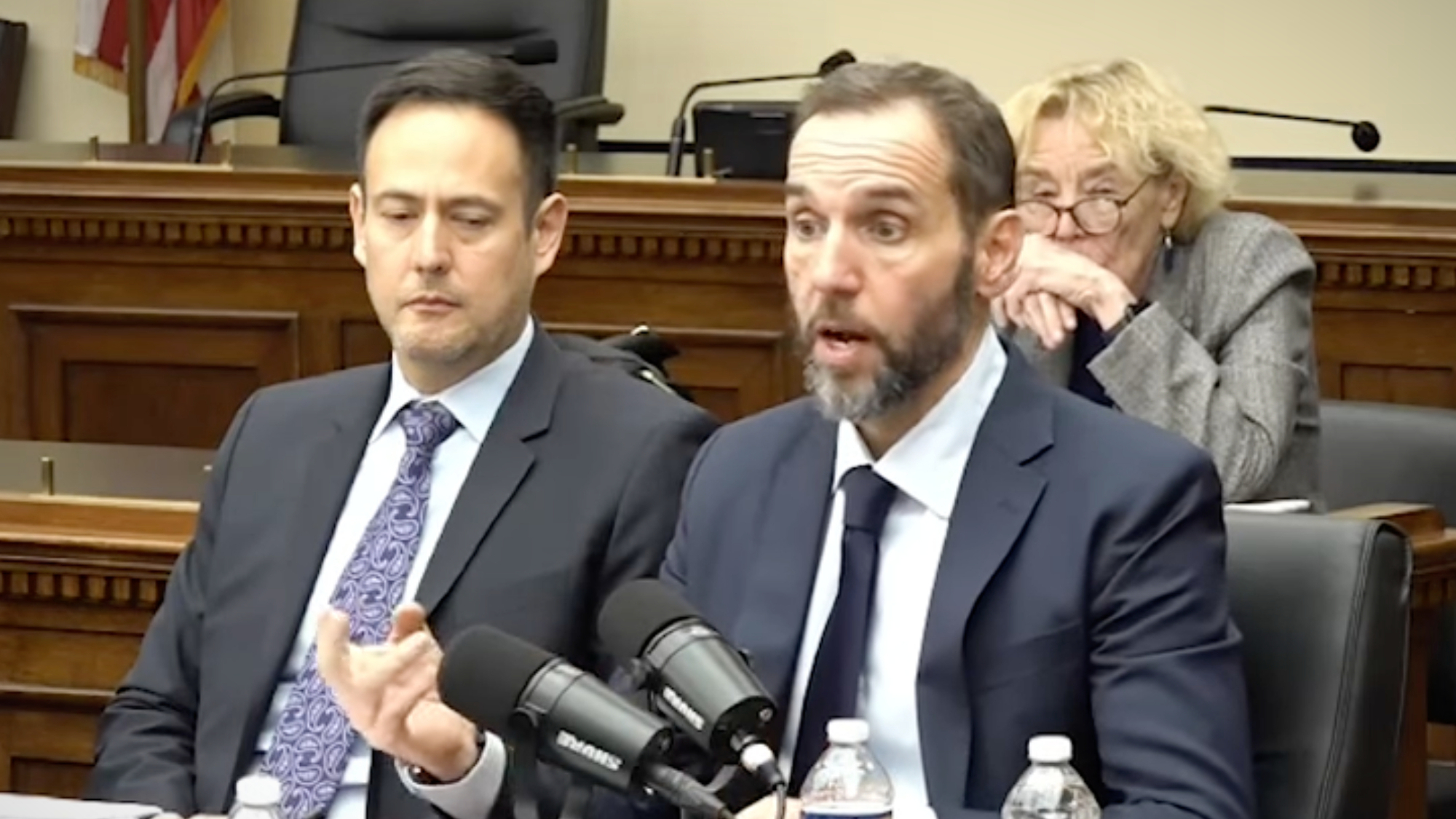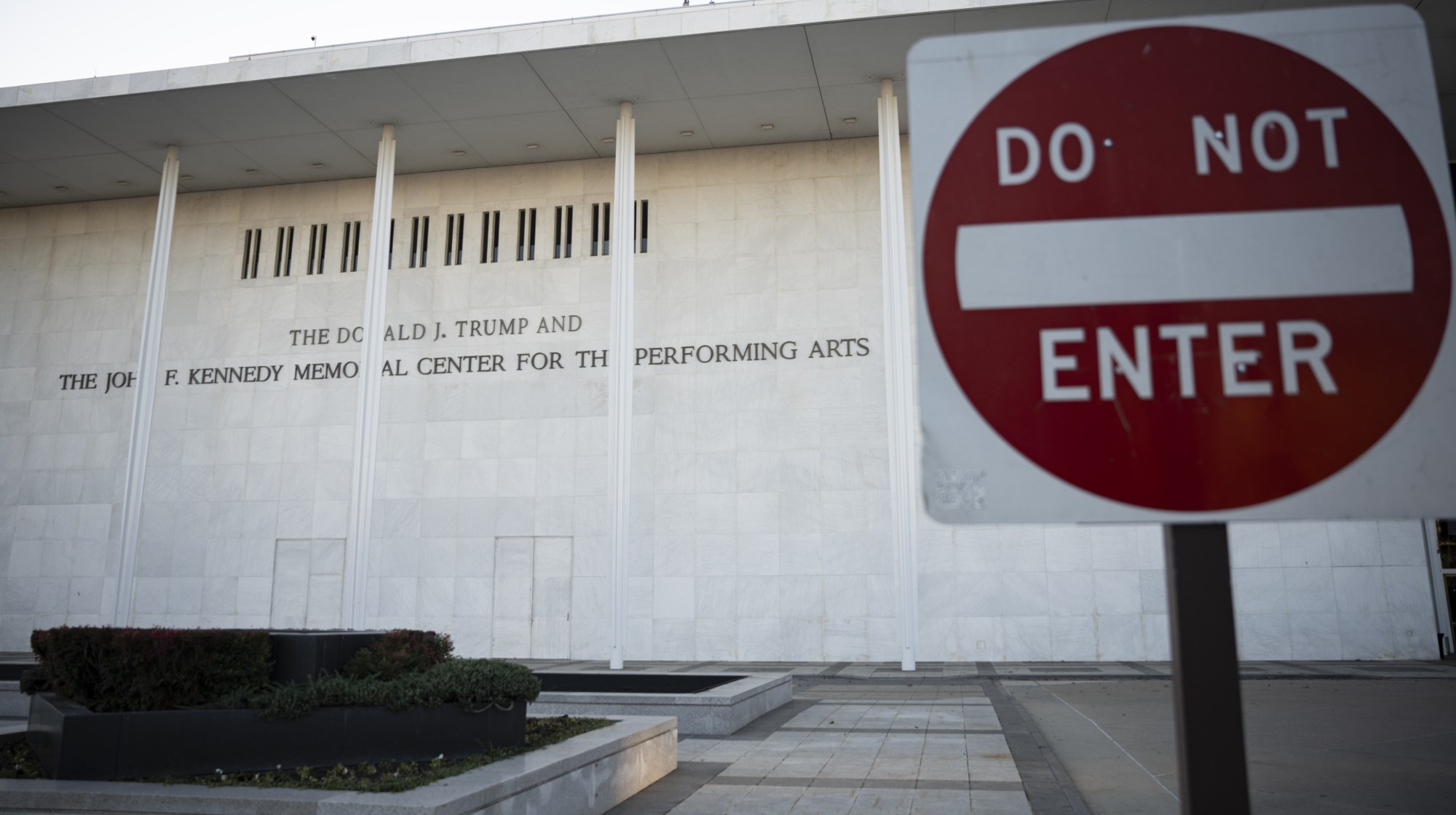Swatting attacks could be a sign of political violence to come
Threats against Donald Trump's judges, prosecutors and rivals are on the rise


The threats are coming fast and furious.
Donald Trump's New York trial on fraud charges was briefly delayed Thursday, The Washington Post reported, after the judge overseeing the trial received a bomb threat against his Long Island home. That incident came "amid an increase in attacks — threatened and real — on public officials from both sides of the aisle." Many of those threats are focused on the objects of Trump's ire. Judge Tanya Chutkan, who is overseeing his federal election interference case, was the target of a "swatting" attack on Sunday. Jack Smith, the prosecutor, faced a similar threat two weeks earlier.
Swatting involves the making of "fake emergency calls in hopes of sending armed police to raid a person's home," Time reported. The proliferating incidents raise concerns that the tactic "will be increasingly being used as a weapon of political retaliation and intimidation" during the 2024 election campaign. It's not just Trump's enemies being victimized — Rep. Marjorie Taylor Green (R-Ga.) and Sen. Rick Scott (R-Fla.) have both been targeted in recent weeks, as have a number of other political officials — but many observers see Trump's influence at work.
The Week
Escape your echo chamber. Get the facts behind the news, plus analysis from multiple perspectives.

Sign up for The Week's Free Newsletters
From our morning news briefing to a weekly Good News Newsletter, get the best of The Week delivered directly to your inbox.
From our morning news briefing to a weekly Good News Newsletter, get the best of The Week delivered directly to your inbox.
The result? Experts say the threats are "already undermining the health of U.S. democracy," The Washington Post reported. "I am really worried that there is going to be a tragedy," said Wisconsin Supreme Court Justice Jill Karofsky. Nobody has to die for the swatting threats to have an effect, though: The risk of violence against officials "risks influencing their decision-making."
'Psychological warfare'
"Death threats, bomb threats and swatting should not be seen as edgy pranksterism," Zeeshan Aleem argued at MSNBC. Instead, they're a "potent weapon in psychological warfare." And that has political effects: Threats of violence reportedly kept some Republicans from voting for Trump's impeachment after the Jan. 6 insurrection. The result: Actions that aggravate Trump's right-wing supporters are "more costly than before."
Republicans have particular reason to be concerned, Jamelle Bouie added at The New York Times. "It's hard, under normal circumstances, to take a stand against the leader of your political party." It's even more difficult if taking that stand attracts death threats from that leader's supporters. And the recent incidents reminiscent of post-Civil War threats of violence — in one case, a cannon aimed at a polling place — that helped pro-slavery Democrats start to win back power through elections. Trump's tacit acceptance of such threats is a warning "to anyone who resists the force of his will."
"The threat of violence is now a part of the American political system," Zack Beauchamp concluded at Vox. Capitol Police recorded 900 threats against Congress in 2016 — that number was 9,700 in 2021. That has forced members to increase their spending on security. And it is clear who has caused that shocking increase: Donald Trump. "No figure is as capable of heightening the stakes of American politics to the breaking point."
A free daily email with the biggest news stories of the day – and the best features from TheWeek.com
'Unprecedented rise'
MSNBC's Chris Hayes noted that Trump recently promised "bedlam" if the prosecutions against him continue. It's probably not a coincidence, Hayes said, that bomb threats against the judge in his New York case came soon after. "It appears to be the latest example of mob-style intimidation by pro-Trump Maga loyalists that has become disturbingly common." We can expect more of the same as 2024 proceeds, he suggested. "Just a part of day-to-day life in the Trump era."
The worst case scenario? The ongoing threats of violence "could turn physical" in this election year, The Guardian reported. "Today, it could be warnings," said the University of Chicago's Robert Pape. "Tomorrow, there could be an actual bomb that goes off or there could be an assassination attempt with a rifle." Such threats don't just produce fear, another expert said. They "distract people from thinking more soberly about the country and its future."
Joel Mathis is a writer with 30 years of newspaper and online journalism experience. His work also regularly appears in National Geographic and The Kansas City Star. His awards include best online commentary at the Online News Association and (twice) at the City and Regional Magazine Association.
-
 Nicolás Maduro: from bus driver to Venezuela’s president
Nicolás Maduro: from bus driver to Venezuela’s presidentIn the Spotlight Shock capture by US special forces comes after Maduro’s 12-year rule proved that ‘underestimating him was a mistake’
-
 Artemis II: back to the Moon
Artemis II: back to the MoonThe Explainer Four astronauts will soon be blasting off into deep space – the first to do so in half a century
-
 The Night Manager series two: ‘irresistible’ follow-up is ‘smart, compelling’ TV
The Night Manager series two: ‘irresistible’ follow-up is ‘smart, compelling’ TVThe Week Recommends Second instalment of the spy thriller keeps its ‘pace’, ‘intrigue’ and ‘sly sexiness’
-
 Nicolás Maduro: from bus driver to Venezuela’s president
Nicolás Maduro: from bus driver to Venezuela’s presidentIn the Spotlight Shock capture by US special forces comes after Maduro’s 12-year rule proved that ‘underestimating him was a mistake’
-
 The Mint’s 250th anniversary coins face a whitewashing controversy
The Mint’s 250th anniversary coins face a whitewashing controversyThe Explainer The designs omitted several notable moments for civil rights and women’s rights
-
 Venezuela’s Trump-shaped power vacuum
Venezuela’s Trump-shaped power vacuumIN THE SPOTLIGHT The American abduction of Venezuelan President Nicolás Maduro has thrust South America’s biggest oil-producing state into uncharted geopolitical waters
-
 Trump says US ‘in charge’ of Venezuela after Maduro grab
Trump says US ‘in charge’ of Venezuela after Maduro grabSpeed Read The American president claims the US will ‘run’ Venezuela for an unspecified amount of time, contradicting a statement from Secretary of State Marco Rubio
-
 ‘Let 2026 be a year of reckoning’
‘Let 2026 be a year of reckoning’Instant Opinion Opinion, comment and editorials of the day
-
 Jack Smith: Trump ‘caused’ Jan. 6 riot
Jack Smith: Trump ‘caused’ Jan. 6 riotSpeed Read
-
 Wave of cancellations prompts Kennedy Center turmoil
Wave of cancellations prompts Kennedy Center turmoilIN THE SPOTLIGHT Accusations and allegations fly as artists begin backing off their regularly scheduled appearances
-
 Trump considers giving Ukraine a security guarantee
Trump considers giving Ukraine a security guaranteeTalking Points Zelenskyy says it is a requirement for peace. Will Putin go along?
